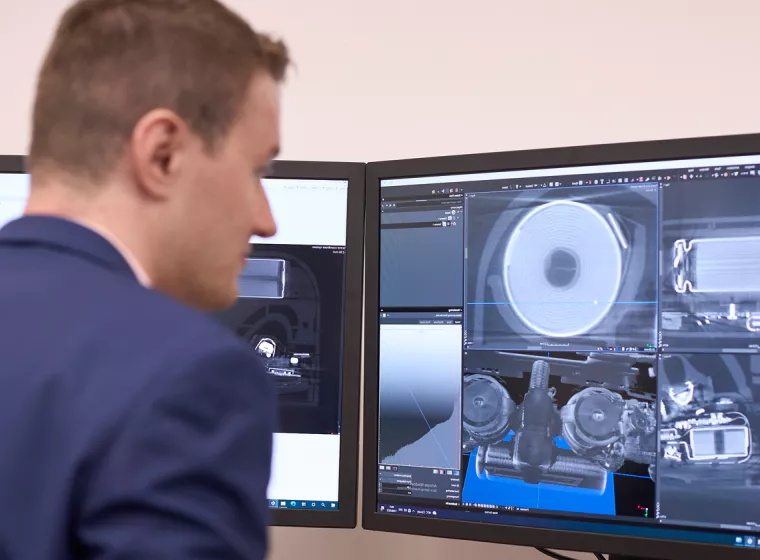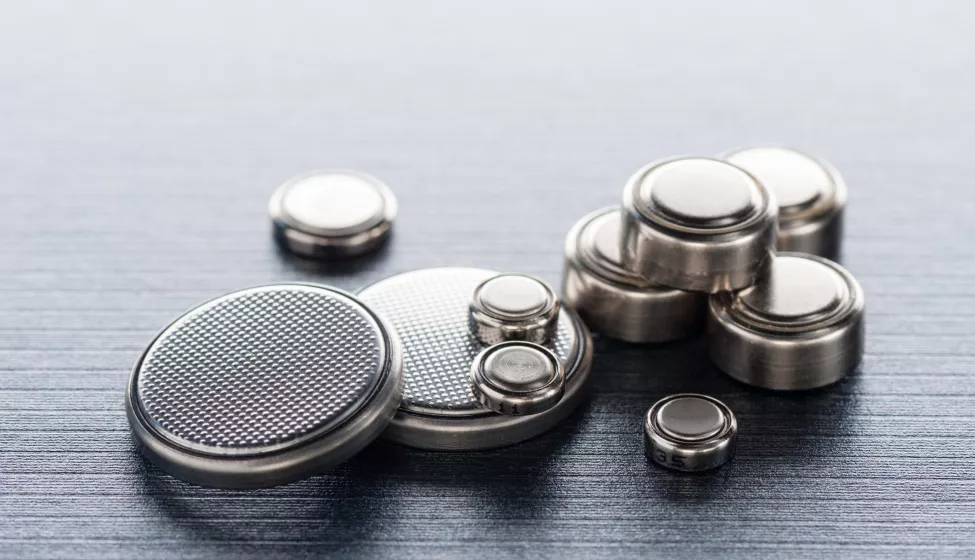November 14, 2023
A pair of new Consumer Product Safety Commission rulings mandate enhanced safety features on open button cell and coin battery compartments
Consumer products with button cell or coin batteries will require revamped battery enclosures and package warnings as early as this spring, under new rulings released by the U.S. Consumer Product Safety Commission (CPSC). The federal law became effective Oct. 23 after the CPSC published a pair of final rulings on battery enclosure design, performance, and labeling requirements in September. Manufacturers have been granted a 180-day transition period until the agency begins enforcement March 19, 2024.
The goal of the CPSC action is to reduce the risk of unintentional access and ingestion of coin and button cell batteries by children 6 and under. The agency issued the rulings in response to Reese's Law. Enacted last year, Reese's Law increased types of accessibility evaluations, performance and abuse testing, and consumer notification across a variety of product categories, including footwear, accessories, hard goods, and any product that uses button cell or coin batteries with the product or when sold separately.
- The first ruling mandates design and performance requirements for cell or battery enclosures that are intended to reduce the likelihood of unintentional access. Notably, it mandates that opening the battery enclosure should, among other things, require either the use of a tool or two simultaneous independent hand movements. The ruling becomes effective March 19, 2024.
- A second ruling mandates specific product packaging requirements, including a pictographic and written warning, with specific content, of a specific size on the primary and sometimes secondary product display panel. This ruling will become effective Sept. 21, 2024.
Manufacturers to consider human factors, child limits, and capabilities
The first CPSC ruling is essentially the adoption of the technical aspects of industry standard ANSI/UL 4200A, the "Standard for Safety for Products Incorporating Button Batteries or Coin Cell Batteries." While products classified as "toys" have long been subject to regulations to mitigate ingestion risks and potential injuries, the new ruling imposes similar considerations on any products that contain button cell or coin batteries, such as key fobs, calculators, and other consumer electronics.
To comply with CPSC's ruling, manufacturers and designers will need to ensure that accessing battery compartments containing replaceable button cell or coin batteries requires the use of a tool or at least two simultaneous independent hand movements. While a variety of designs may accomplish this goal, Exponent's knowledge and understanding of children's capabilities and limitations can assist in evaluating whether the specific implementation accomplishes the intent of mitigating child access.
Exponent is also poised to assist in evaluating current or proposed safety information and warnings accompanying affected products and provide recommendations to comply with the new law's requirements. This information can provide parents and guardians with the relevant knowledge to understand the risks of battery ingestion and better protect children in their care.
Enclosure redesign challenges for manufacturers beyond meeting the standard's new requirements
As manufacturers weigh enclosure redesigns, they should consider the customer experience and potential hazards introduced by new designs that require the use of tools — even designs that might otherwise satisfy the requirements of the ruling.
Lithium primary coin cells, if damaged, can generate excess amounts of heat and leak corrosive liquid. While not covered in the standard, consideration should be made in any product redesign to avoid these potential situations during cell or battery replacement.
For instance, if opening the compartment requires a tool, such as a screwdriver (one of the two suggested approaches for design compliance), users may be more likely to use this tool to pry the cell from the product. The sharp, metallic tool may physically damage or electrically bridge the positive and negative components of the cell, both of which can lead to a hazard.
What Can We Help You Solve?
Whether designing a new battery-powered product or facing a potential recall, Exponent assembles the right experts to help address your most complex safety, performance, and regulatory challenges. We provide a one-stop shop for battery and consumer product manufacturers through connected, multidisciplinary teams spanning human factors, biomechanics, materials, and more.

Human Factors Risk Assessments
Assess human factors risks for consumer products, industrial equipment, processes, and more.

Polymers Expertise for Consumer Products
Rigorous testing and analysis of polymers in consumer products.

Product Qualification & Recalls: Mechanical Engineering Consulting
Product qualification, performance, safety, and recall consulting for all aspects of engineering.

Battery Design Review, Quality & Safety Assessments
State-of-the-art battery design, performance, quality, and safety assessments to support manufacturers' requirements and industry standards.

Risk Communication: Warnings & Safety Information
Safety warning development based on scientific risk evaluation and clear communication strategies.

Product Design & Safety
Human factors and risk analyses to help clients improve designs for a range of products.
Insights



